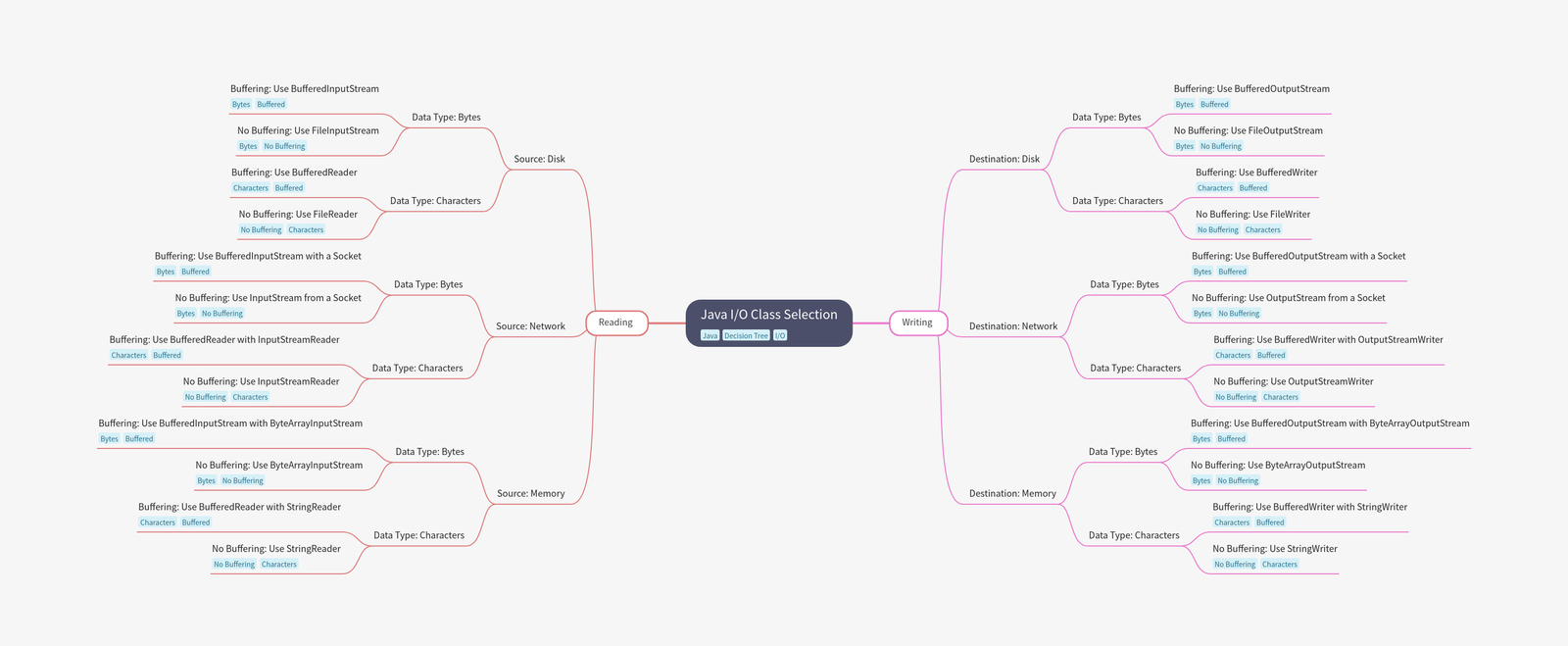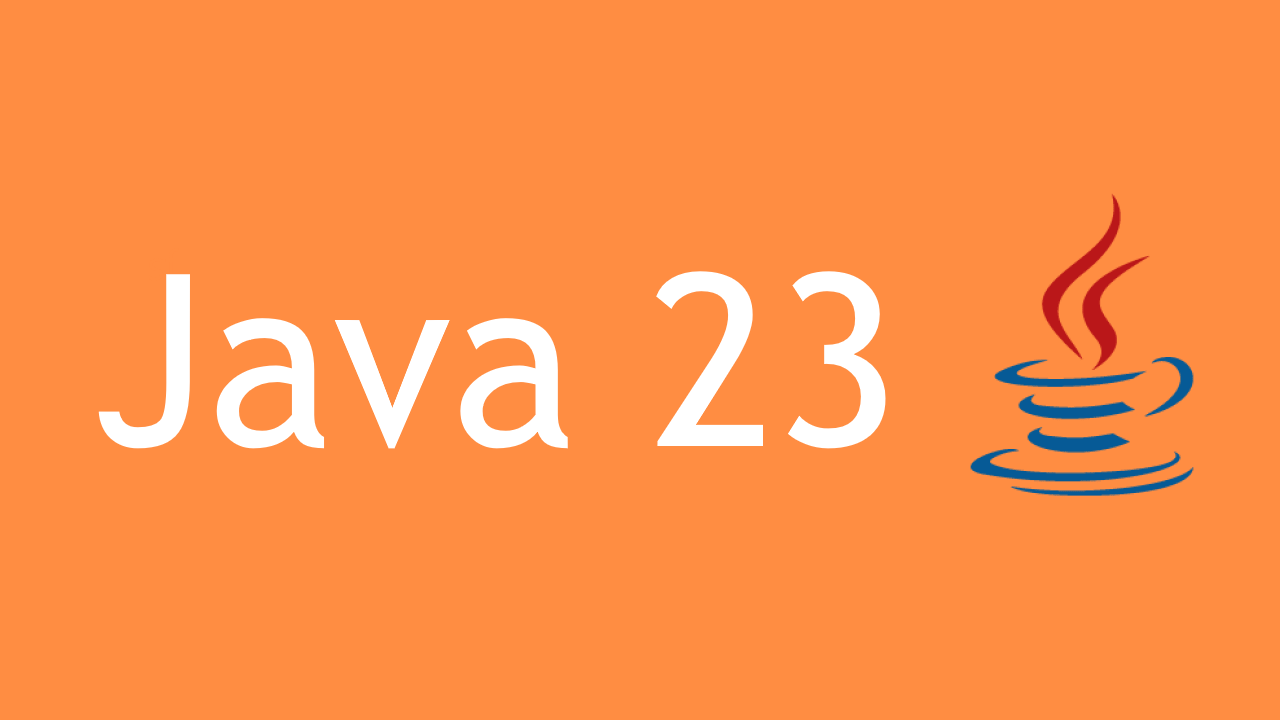Welcome back to Byte-Code!
In this post, we’ll explore the fundamentals of Object-Oriented Programming (OOP) in Java. OOP is a paradigm that helps in designing and building robust, scalable, and maintainable software.
1. What is Object-Oriented Programming?
Object-Oriented Programming is a programming paradigm based on the concept of “objects,” which can contain data and code. Java is a strongly object-oriented language, meaning it uses classes and objects to organize and manage code.(Insert an image illustrating the concept of OOP)
2. Key Principles of OOP
Java’s OOP principles are designed to make your code modular, reusable, and easier to manage. The core principles are:
a. Encapsulation
Encapsulation is about bundling the data (attributes) and methods (functions) that operate on the data into a single unit called a class. This helps protect the data from outside interference and misuse.
javaCopy codepublic class Person {
private String name; // Private attribute
// Public method to access private attribute
public String getName() {
return name;
}
public void setName(String name) {
this.name = name;
}
}

b. Inheritance
Inheritance allows a new class (subclass) to inherit properties and methods from an existing class (superclass). This promotes code reuse and establishes a hierarchy between classes.
public class Animal {
public void eat() {
System.out.println("This animal eats food.");
}
}
public class Dog extends Animal {
public void bark() {
System.out.println("The dog barks.");
}
}

c. Polymorphism
Polymorphism enables one method or operator to work in different ways depending on the object it is acting upon. In Java, polymorphism can be achieved through method overriding and method overloading.
public class Animal {
public void makeSound() {
System.out.println("Animal makes a sound.");
}
}
public class Dog extends Animal {
@Override
public void makeSound() {
System.out.println("Dog barks.");
}
}
d. Abstraction
Abstraction involves hiding complex implementation details and showing only the essential features of an object. In Java, abstraction is achieved through abstract classes and interfaces.
javaCopy codepublic abstract class Shape {
public abstract void draw(); // Abstract method
}
public class Circle extends Shape {
@Override
public void draw() {
System.out.println("Drawing a circle.");
}
}
3. Creating a Simple OOP Example
Let’s combine these principles in a simple example of a library management system:
javaCopy codepublic abstract class Item {
private String title;
public Item(String title) {
this.title = title;
}
public abstract void display();
}
public class Book extends Item {
public Book(String title) {
super(title);
}
@Override
public void display() {
System.out.println("Book Title: " + super.title);
}
}
public class DVD extends Item {
public DVD(String title) {
super(title);
}
@Override
public void display() {
System.out.println("DVD Title: " + super.title);
}
}
Conclusion
Object-Oriented Programming in Java helps you design flexible, reusable, and maintainable code. By understanding and applying these core principles—encapsulation, inheritance, polymorphism, and abstraction—you’ll be well on your way to writing efficient Java programs.
Stay tuned for more posts on Byte-Code as we continue to explore the world of Java programming!





